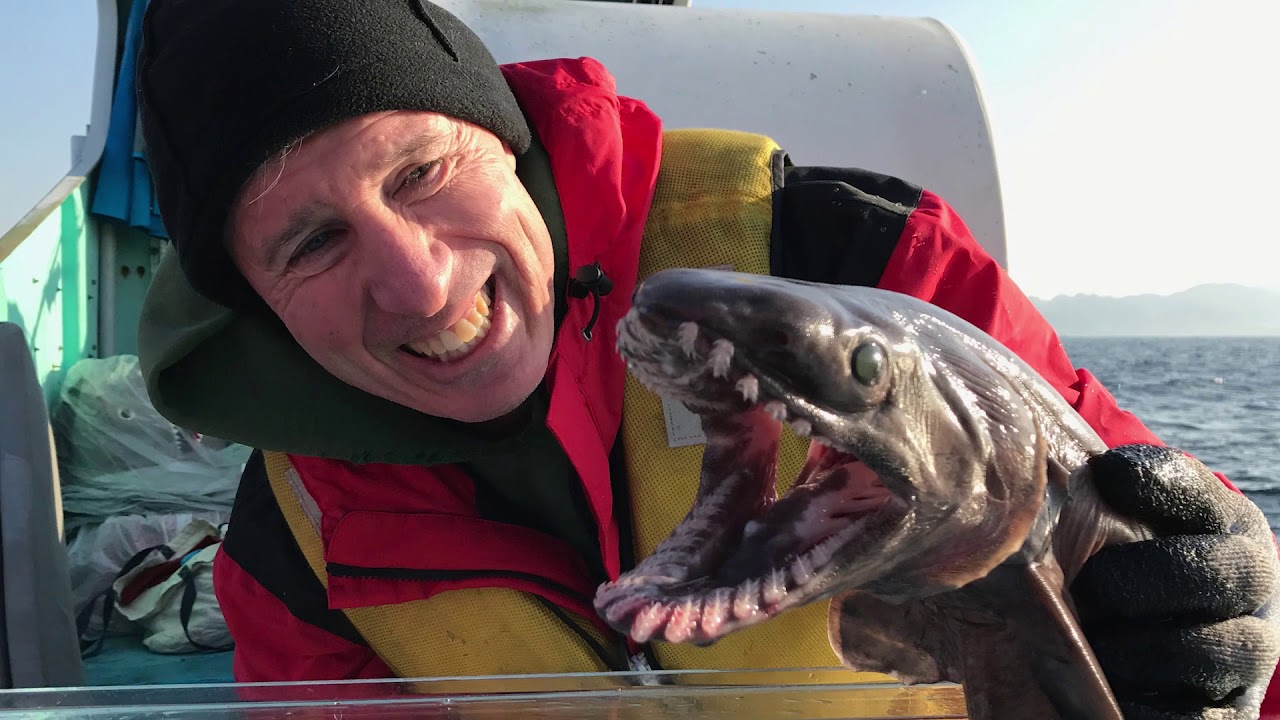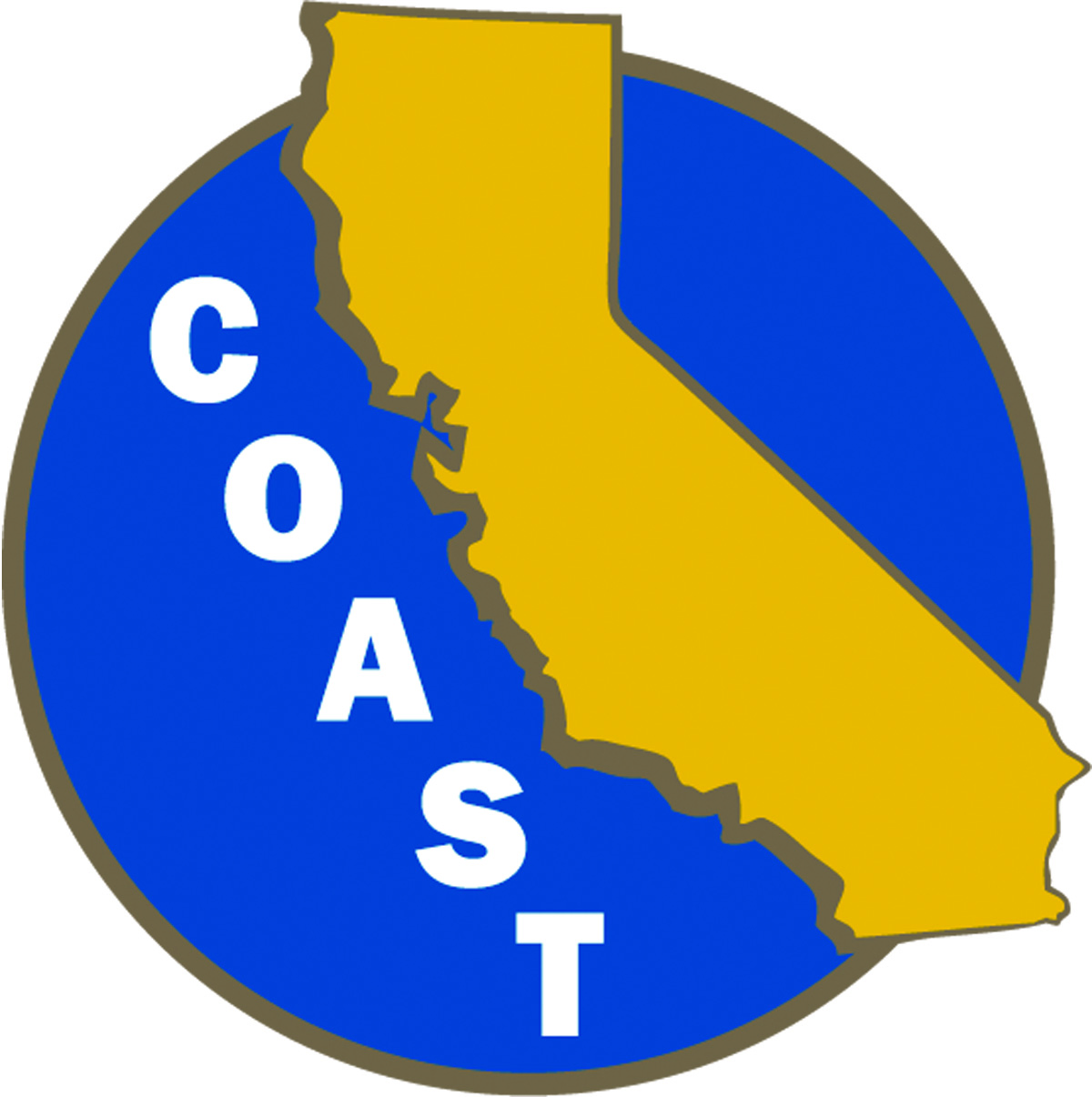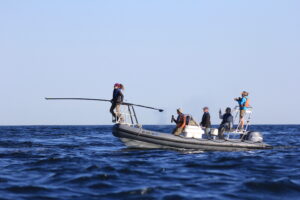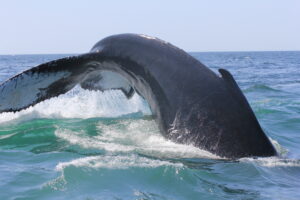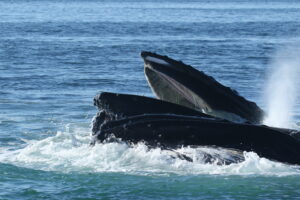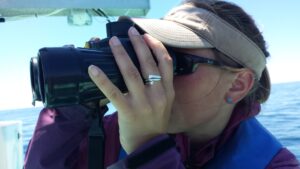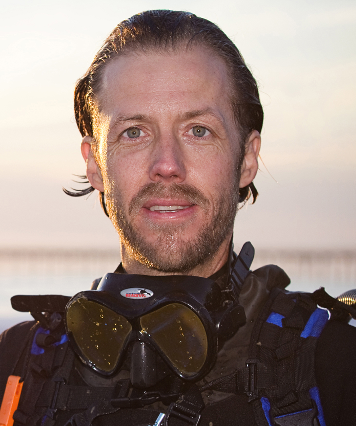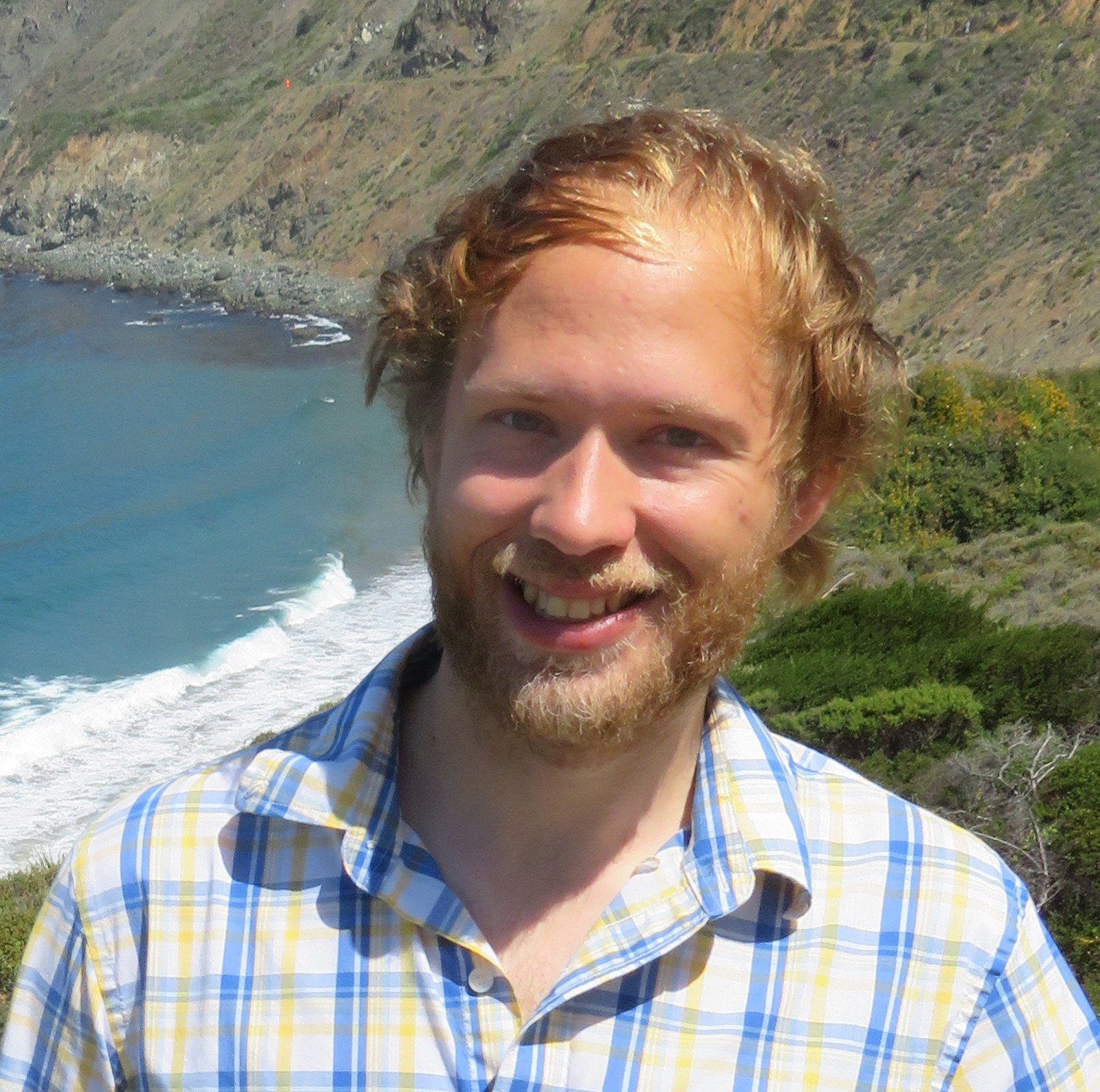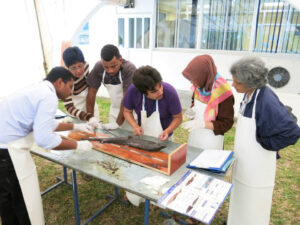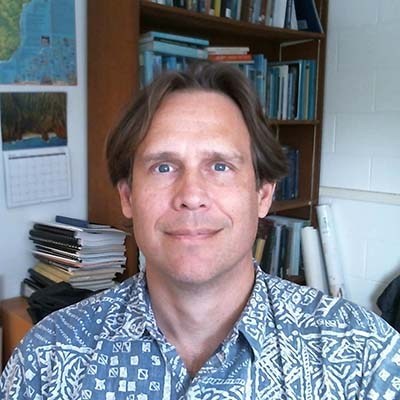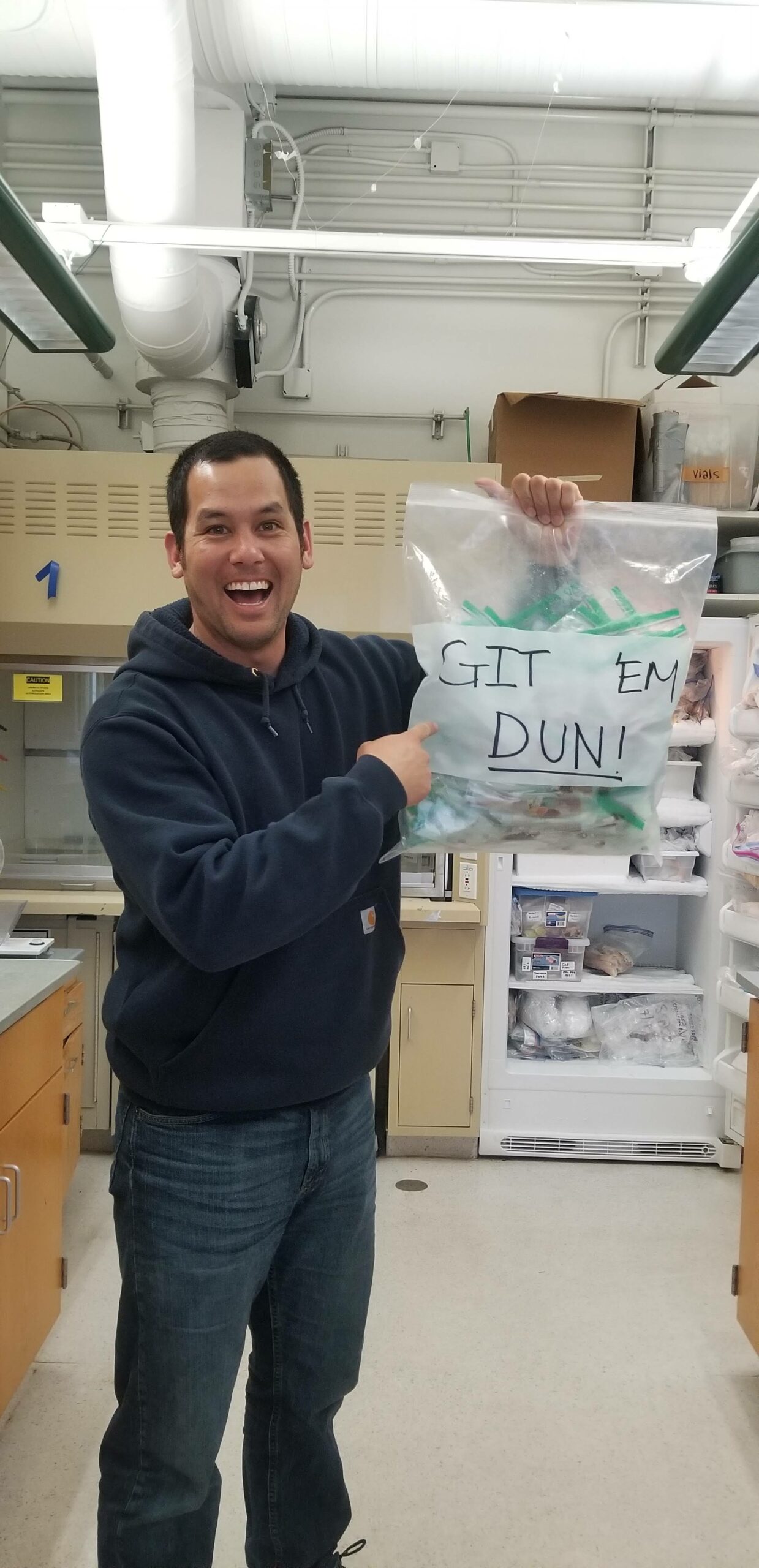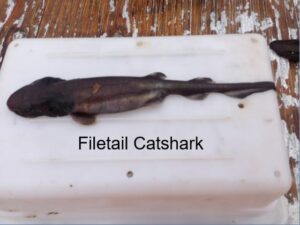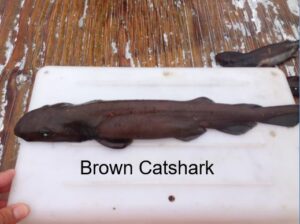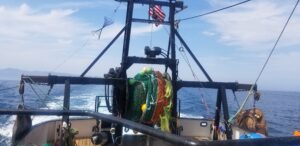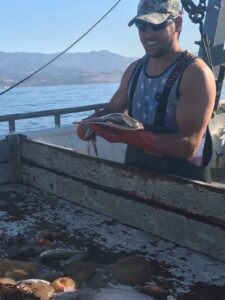Thesis Abstract:
Changes in the Earth’s climate are closely associated with the changes in the concentration of CO2 in the atmosphere. One process that may play a major role in modulating CO2 availability is the chemical weathering of silicate rocks into clays. Chemical weathering and the associated CO2 drawdown are especially efficient in the islands of the Indonesian Archipelago, including New Guinea, due to the combination of warm, wet conditions and tectonic uplift. Despite New Guinea’s potential global significance as a major contributor to Earth’s carbon cycle, few studies have addressed its rapid geological evolution and the weathering conditions associated with it during the Pleistocene.
As direct products of weathered silicate rocks, clay minerals are a useful and widespread tool for reconstructing past weathering environments and source rocks. Clay mineral data from New Guinea are limited, with no clay records from the Sepik-Ramu Rivers, the island’s largest river system and one of the largest contributors of sediments to the world’s ocean. Deep-sea sediment cores collected by the International Ocean Discovery Program (IODP) Expedition 363 just offshore of the Sepik River mouth provide an unprecedented opportunity to evaluate the history of chemical weathering in a critical, rapidly-evolving region during the middle to late Pleistocene (the past ~550 kyr). This thesis identified and quantified the relative abundance over time of the clay mineral species in the core record in order to establish the regional weathering conditions, test a recent model of the Sepik’s development from an epicontinental sea to an enclosed river valley, and examine the relationship of tropical weathering rates with sea level change during glacial-interglacial cycles. Additionally, this thesis evaluated weathering microtextures on silt-sized feldspar particles to provide a secondary supporting dataset.
This project processed and analyzed the clay compositions of 124 samples from two IODP Expedition 363 sites: Sites U1484 and U1485, along with 16 samples from Site U1486, a site located further offshore from the Sepik River mouth. Isolated clay fractions from each sample were measured with x-ray diffractometry and quantified as clay percentages using simulation software (NewMod). For the corollary study, fine sand-sized feldspar particles were evaluated for weathering microtextures using a scanning electron microscope.
Overall, the clay assemblage is dominated by illite (~25-62%) and chlorite (~20-62%) with secondary amounts of smectite (~2-26%) and kaolinite (~3-32%), suggesting that mechanical rather than chemical weathering is the dominant mechanism responsible for clay generation in this region, possibly due to the active tectonic setting. The record also shows an increase in chlorite over time, attributed to ongoing tectonic uplift and the associated expansion of high-altitude glaciers and mechanical weathering. In addition, a sharp decrease in illite after the oldest samples is interpreted as the cessation of the diagenetic transformation of smectite to illite.
The clay mineral record also shows short-term compositional shifts—the most notable of which include two shifts in clay abundance from 400-430 ka and 125-140 ka characterized by an increase in smectite and kaolinite and a decrease in illite and chlorite. These shifts coincide with glacial terminations, suggesting that rapid sea level rise during deglaciations may have resulted in the reworking of older and more chemically weathered soils. The 400-430 ka shift also coincides with a unit of coccolith ooze indicative of a pelagic environment. This suggests that in the oldest part of the record, marine deposition and sea level transgression may have both contributed to the short-term enrichment of smectite, whereas later clay mineral shifts were driven mainly by sea level rise. The apparent increase in influence from marine transgressions may reflect increasing areas of lowland created by the filling of the Sepik Basin. These results highlight the numerous processes controlling tropical weathering and document their changing relative significance throughout the evolution of the region.


